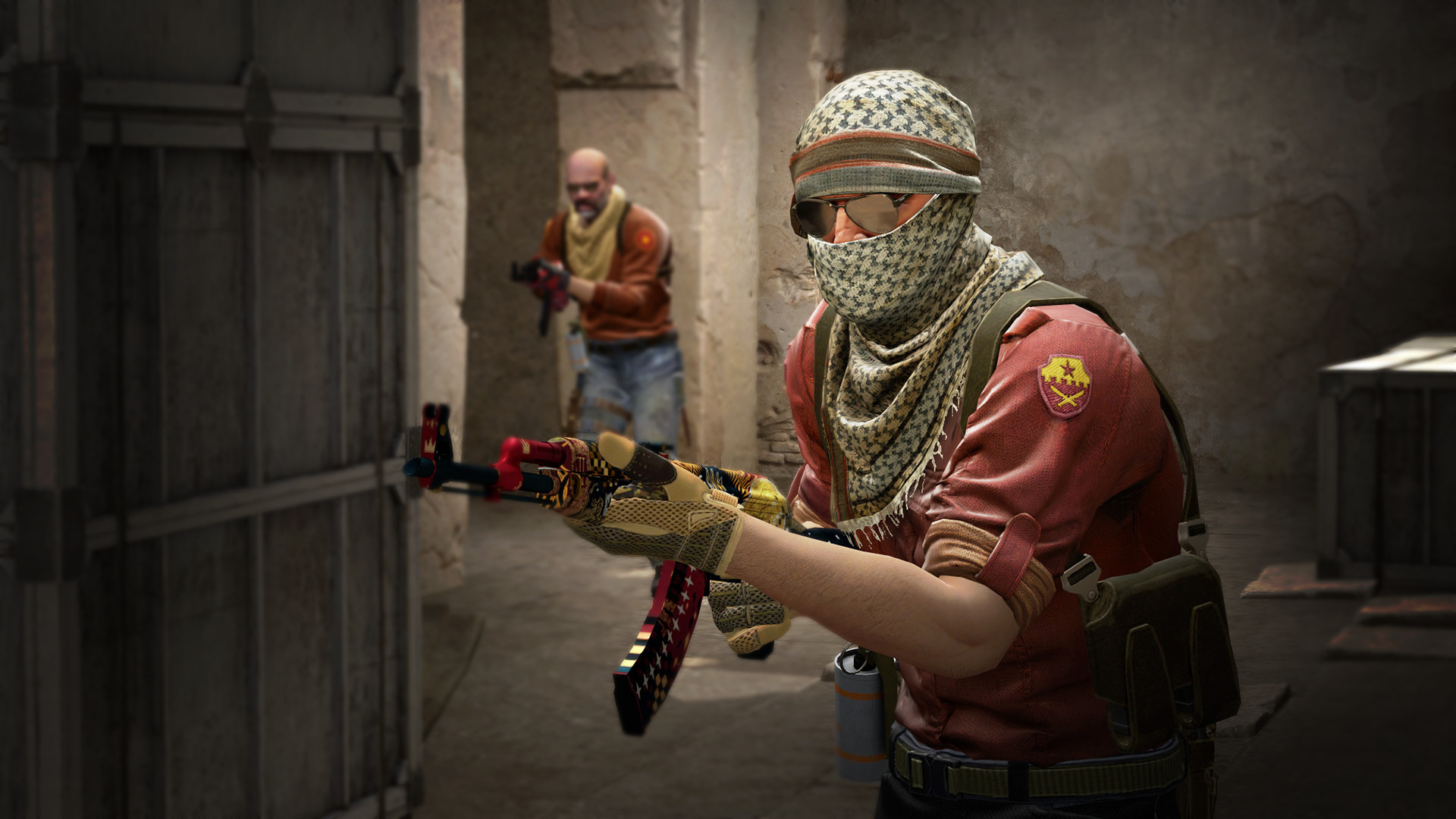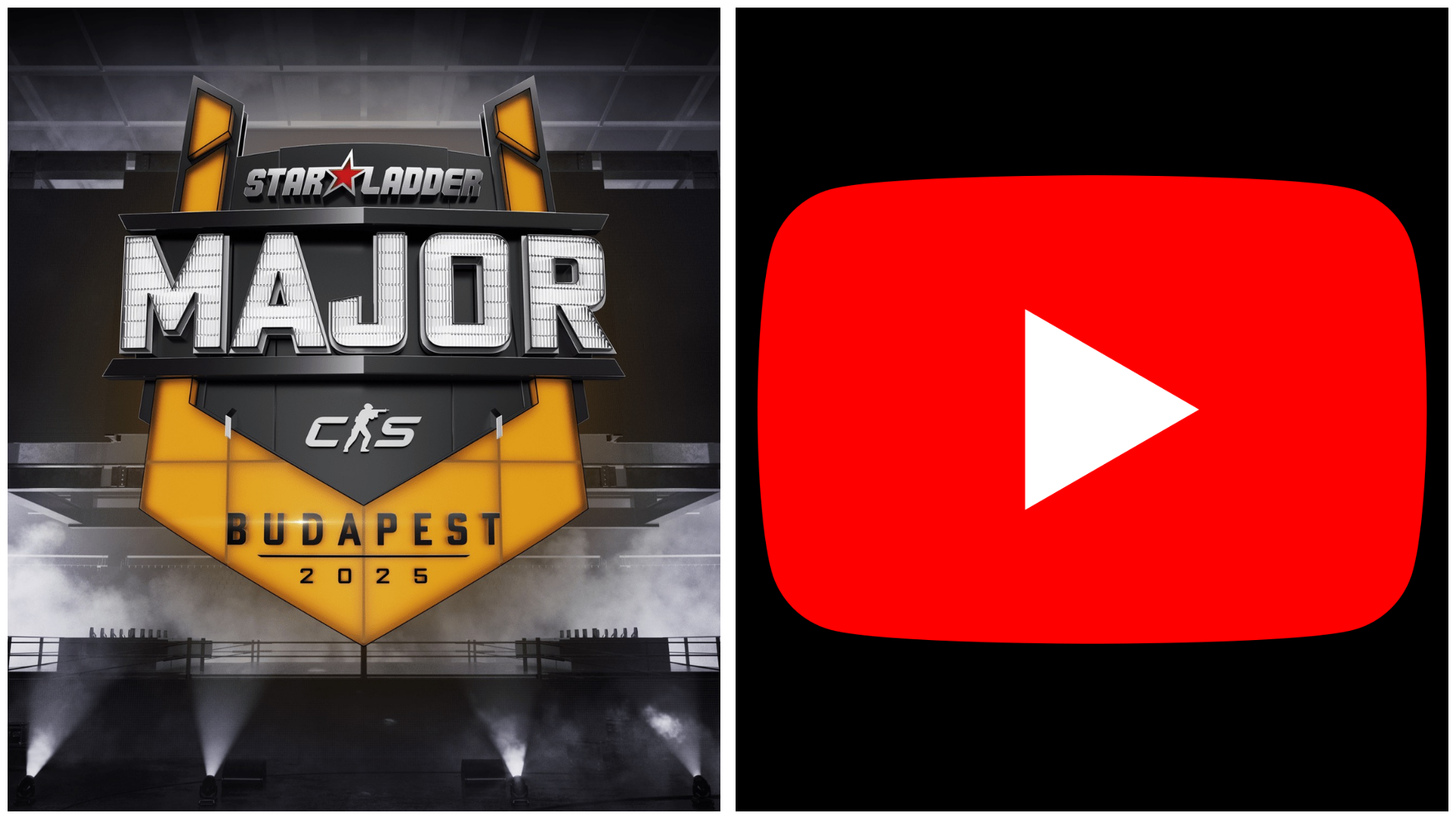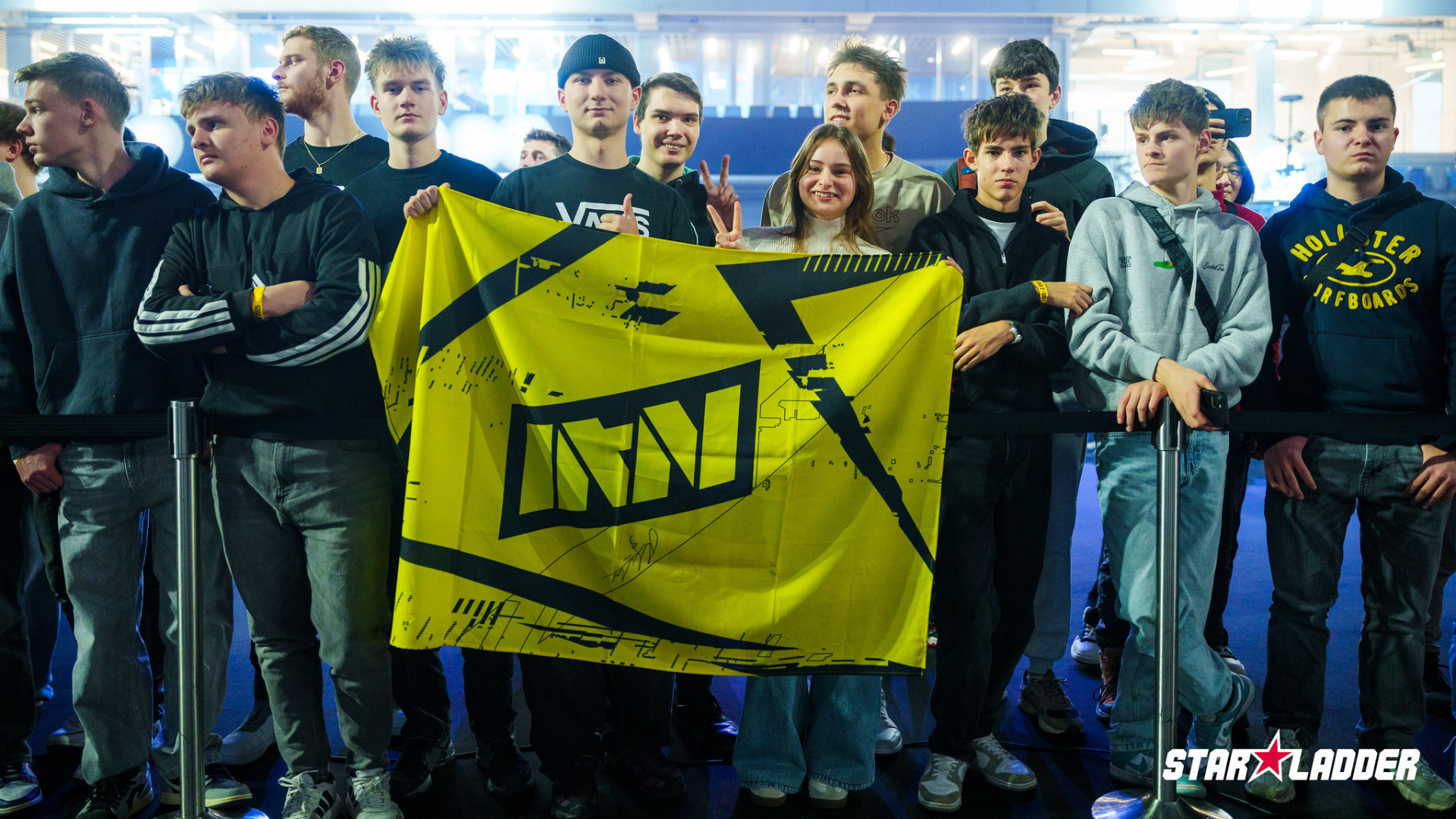Whether you’re swimming with the silvers or gliding with the global elites, Counter-Strike’s ranking system is a great way to gauge your skill in competitive matchmaking.
CS:GO’s ranks range from the noobs to the elite. But no matter where you are on the ladder, investing time into getting better at the game and improving will almost always lead to a more worthwhile experience.
What is ranked?
Ranked will pit you against players around your skill level in five-versus-five matchups, letting you climb the ranks over time as you learn new tactics and pick up new skills.
If you’re used to casual, you might get a bit of a shock when you realize how seriously some players take this mode. You’ll have your fair share of absolute destruction from either side, but once you get that sweet taste of intense and satisfying gameplay, you’ll be hooked.
How do I get my first rank in CS:GO?
To unlock competitive matchmaking, you must reach level two by playing any of the game modes, including Casual, Arms Race, Demolition, Danger Zone, and Deathmatch.
When your competitive match ends, you will find the players’ rank on the scoreboard. You need to win ten of them to get your own. However, with the smurfing (higher-ranked players on alternate accounts) epidemic that’s plagued the FPS over its whole lifespan, you’ll only be able to play two matches a day until you get your rank. Once you’re done for the day, you’ll have to hit deathmatch and tap some heads for practice.
So you’ll be vying for that Global Elite rank, but it’s no easy feat. If you start at the bottom, you’ll have to go through all of the following brackets:

| Rank | Abbreviation |
| The Global Elite | GE |
| Supreme First Master Class | SMFC |
| Legendary Eagle Master | LEM |
| Legendary Eagle | LE |
| Distinguished Master Guardian | DMG |
| Master Guardian Elite | MGE |
| Master Guardian II | MG2 |
| Master Guardian I | MG1 |
| Gold Nova IV | GN4 |
| Gold Nova III | GN3 |
| Gold Nova II | GN2 |
| Gold Nova I | GN1 |
| Silver IV | S4 |
| Silver III | S3 |
| Silver II | S2 |
| Silver I | S1 |
Take solace in the fact that if you do well in your 10 competitive wins, you’ll likely skip a fair few. It will still take a long time to reach the top, but if you get a collection of solid players around you, it can speed up the process.
What does my rank mean in CS:GO?
Players classify the ranks into tiers. Generally, players exhibit the same behaviors as other players in their ranks, with some exceptions. For instance, “MGs” are typically familiar with the economy system for the first four rounds, meaning minimal team communication is required.
“Silvers” are at the bottom of the food chain. It’s the rank where players are total beginners and there’s little to no strategy involved in gameplay. This range of ranks is where smurfs are commonly found. Escaping the Silver division is particularly challenging for newer players because of this.
“Novas” sit in the middle of the bell curve as they’re beginning to learn more and more about the game, such as the economy, spray patterns, smokes, and pop-flashes. The upper Nova ranks act as the true checkpoint for being above average. Players who are “all aim and no brain” are most commonly found in Nova, meaning that they can aim their gun and kill enemies but lack the game sense to improve.
Players with “Master Guardian” in their rank are generally more advanced. They already have knowledge of sprays, economic buy trends, site execution with utility, and retake coordination. Moving up anywhere past the MG ranks requires perfecting your skills, learning from your mistakes, and making incremental changes to your playstyle.
Anything above DMG (LE through GE) is where the elite of Counter-Strike reside. These guys are really, really good at finding ways to kill you, and advancing through these ranks requires full focus and some in-depth game knowledge.
The higher up the ranks, the fewer mistakes you’ll see. Players tend to learn a thing or two after a certain amount of games, and if you’re new, odds are they’ll expect your surprise push as a CT.
How do I rank up in CS:GO?

If you’re trying to grind to Global, you’ll have to understand how the ranks work. CS:GO follows a modified Glicko-2 ranking system, according to Valve. It takes various factors into account, like
- Round wins
- Round losses
- Kills
- Deaths
- Assists
- Kills per round
- Deaths per round
- Flash assists
- Bomb plants
- Defuses
- MVP awards
Odds are that there’s more to it than that, as Valve aren’t very transparent about their ranking system. These factors will impact your internal MMR (matchmaking rating), and once you’ve reached a certain threshold, you’ll either rank up or derank.
What are my other levels for?
The other levels you’ve likely seen in CS:GO aren’t related to your competitive rank. Those ranks are mainly used to get those slick badges as you hit a certain level. However, when you rank up, you’ll occasionally get a close-to-worthless drop, or a case you can open.
These ranks are increased by playing official Counter-Strike servers in any game mode. The very first time you gather enough XP to rank up will net you a drop from the almighty Valve overlords.
What is Prime matchmaking in CS:GO?
Prime helps you avoid aimbotters and wallhackers who thrive on your misery. If you enable Prime, you’ll only be queued with other Prime users.
This doesn’t guarantee you’ll never meet a cheater again, but it’ll help to drastically reduce their presence. Enabling Prime requires a level 21 account, meaning you’ll have to go through the long and arduous leveling process. But you can always pay for Prime status if you’re short on time.
Prime also offers Prime-exclusive souvenir items, item drops, weapon cases, and access to all Community-operated servers.
Prime should automatically be activated once you reach the acquired level. If you’ve been playing CS:GO for a while, there’s a chance you’ll have to opt into Prime yourself. You can do this by pressing Play in the upper left of your screen and selecting the green coin.
Are the pros always Global Elite?
Even pros sometimes struggle to make it to Global Elite, so don’t count yourself out of the pro scene if you can’t squeeze your way in there. In saying that, there will be a very large portion of the professional scene that is indeed Global.
Pros tend to steer clear of matchmaking, however: they either opt for ESEA and FACEIT, companies that provide servers with 128tick refresh rates, providing a smoother experience.
While these servers are great for gathering knowledge about the esport, earning your stripes on matchmaking is a good way to build your skill set for the more intense and sometimes strategic level of gameplay that these external servers provide. These companies also allow players to participate in tournaments with the potential to earn money and gain notoriety for their team.
There are levels to these external servers (like Rank S or Rank 10 on the top) and a professional will have the highest rank possible.
What penalties are there in CS:GO?
If a player quits in the middle of a match, they’ll have a period of time in which they can return without incurring a penalty. It’ll start off with “3 minutes”, however, it is actually longer than that, so it’s better to go off rounds, instead of the fake-minutes news that Valve has given you.
There’ll be penalties for each time you leave a match, starting with a 30-minute ban and eventually reaching a whole week. There’ll be several bans in between, like a two-hour ban, or 24-hour ban, but as long as you’re leaving your matches irregularly, you’ll likely cop a smaller punishment.
There are other ways to get banned as well, and they don’t necessarily require cheating.
- Failing to stay connected to the server
- New players may win two Competitive matches in 24 hours
- Kicking too many teammates
- Being kicked from too many matches
- Abandoning matches
- Being AFK or not participating in matches
- Receiving too many in-game reports for griefing
Tips and tricks to rank up in CS:GO

Practice aiming at head level
This is a simple one: as long as you’re moving horizontally, you’ll cut the time it takes to flick to someone’s head. Every millisecond counts in Counter-Strike, and you’ll need to get fast or get killed.
Play with your team
Sticking together with your teammates can be the most annoying thing in the world, but trading them is incredibly useful in most situations. This means that you can kill an enemy after one of your teammates has died, thereby evening the playing field. Throwing grenades and talking to your teammates are also essential.
Don’t waste your grenades
Using your grenades at the right time can net you some serious damage, and can stop a push dead in its tracks, allowing your teammates to rotate or collect some easy kills to win the round. Throwing your smokes correctly (and at the right time) will help you cut off angles to look at when you’re entering a particular site or stopping a push.
Learn your positions
If you’re struggling to hold a spot on the map, the enemy team will notice that and punish you. There are countless videos that’ll teach you tips and tricks, but if you’re just starting out, try playing the same spots until you feel comfortable. Then feel free to explore other spots, and you might notice similarities that could help you win some rounds.
Don’t rage
You’ll likely want to rip your, or your teammate’s hair out when you’re having a bad game. Practice staying cool as you’ll struggle to frag when you’re tilted.
Do your own research
You’re already doing it, so keep going. Look up smoke tutorials online, check out workshop maps that show you the particular way you should be running into sites, and watch pro games. Knowing a fancy nade lineup that will catch your opponents by surprise can win you a round by itself.
Review your games
Going back and checking your games with the demo reviewer will help you identify mistakes in almost every round. Don’t be too hard on yourself, but make sure you take in what you’re watching, and make conscious efforts to improve.
Explore other maps and game modes
By experiencing the other aspects of CS:GO, you’ll get to know how to play the best possible way in every situation. Playing retakes can help you develop your skills at holding a bomb site with five enemies charging at you, and deathmatch can help you sharpen your aim. Odds are, you’ll struggle a lot with some game modes, but they are useful. There are fun ones that can help specific gameplay mechanics, like “Scouts vs. Knives,” which will help you get the best aim with one of the cheapest guns, making your lower economy buys the best they can be.
Understand the economy
Don’t be that teammate who buys every round. Learn how much you’ll get for each kill, how much a weapon costs before buying it, and how to effectively save your money. You will win way more off often if you save your weapons in a round you’ve lost before it’s over, and if you synchronize your gun buys with your team to maximize their effectiveness.
How many games do I need to win to rank up in CS:GO?
Unfortunately, there is no precise answer to this question. Throughout CS:GO’s 11-year-old history, Valve hasn’t really shared any specified details about matchmaking and ranking up in the game. There have been cases where a player ranked up only after a few games, while others needed to win dozens of them to be promoted to the next tier. In the end, it’s unlikely this will change in this version of the game, so you’ll just have to be patient and stack up those wins as you embark on your journey to Global Elite.
Will the ranking system change in CS:GO 2?
Renowned esports journalist Richard Lewis revealed that Counter-Strike 2 or CS:GO 2 could be coming in March or April 2023. This immediately put the whole Counter-Strike community on its toes, which is now waiting for a much-anticipated update to its beloved game.
And while there have been numerous leaks in the past few weeks that imply the arrival of CS:GO 2, which only adds to the discussion, not many details about it are known. It is reportedly supposed to run on a Source 2 engine. When it comes to the ranking system, Richard Lewis pointed out that it’s set to have 128 tick rate servers and an improved matchmaking system. We won’t know how exactly it’s going to work until Valve eventually releases it, however.















Published: Mar 8, 2023 04:10 am